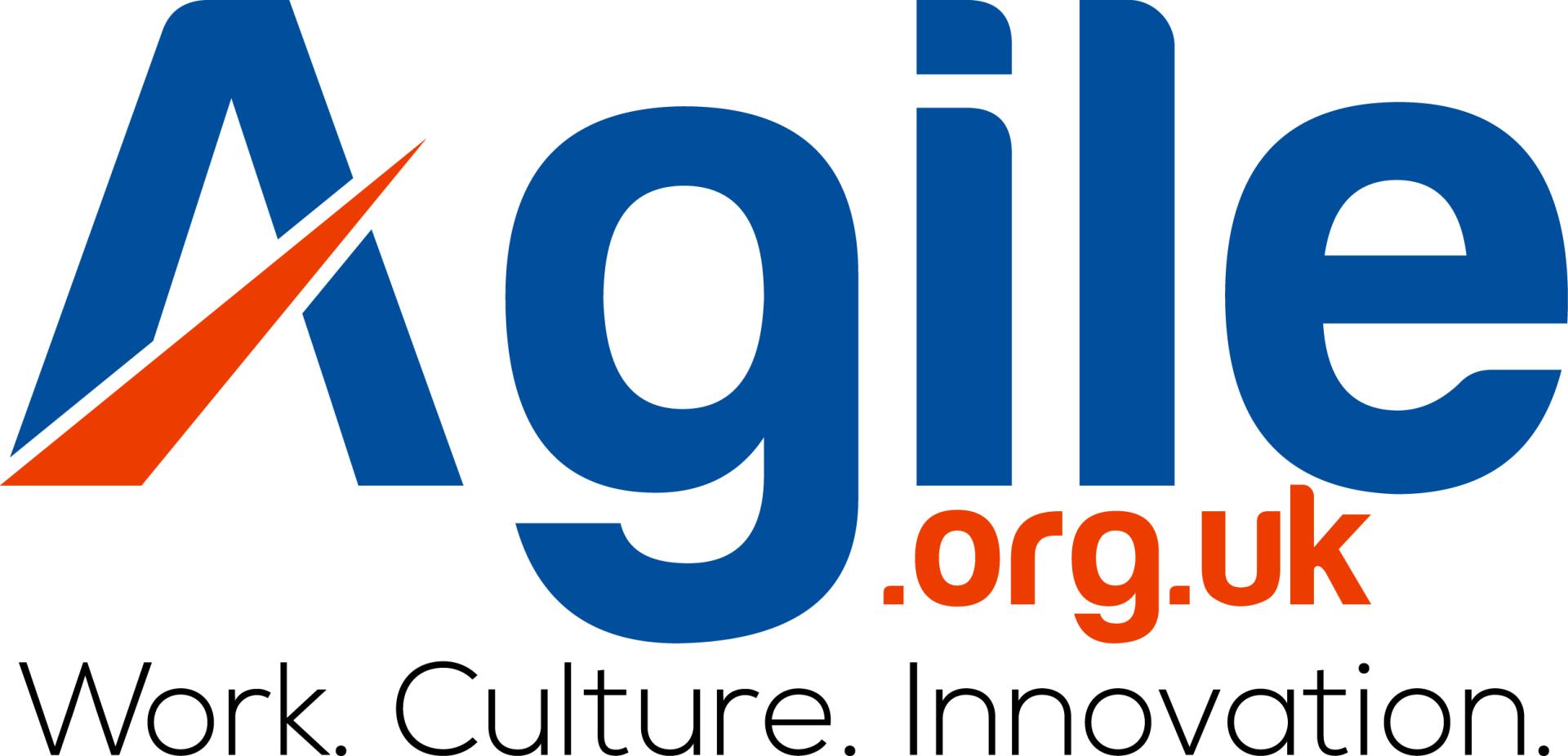Unpredictable and relentless change is the defining characteristic of the current decade. Organisations that simply cut costs or make minor adjustments to static business models may well be able to realise short-term gains to sustain and survive. But in the current dynamic world the only certainty is change, where status quo is not an option. The future is a place where only the agile will survive and thrive.
Introducing “flexible working” can if managed well cut an organisations costs, reduce environmental impact, improve productivity, service resilience and customer focus, also provide a better work life balance for its people. But, for many this is now a standard and limited response that provides just enough to satisfy statutory requirements and token change. Indeed is this gesture to agility really setting the foundations for the necessary future business organisational step changes required to survive and thrive – if not what comes next and when ?
What is needed is a much more radical response. Agile Working is multi dimensional – not just limited to doing the same work in the same way at a different time or place. It does incorporate time and place flexibility, but also involves doing work differently. It is more about transformation than change. As such, organisations must reach beyond current boundaries to develop more innovative and holistic outlooks that are not limited by the “cages” created by standard and piecemeal approaches often employed by 20th century mindsets which have failed to deliver promised potential.
However there are examples of success. Many Virgin Media employees are free to work remotely with video calls and shared documents from a variety of locations via PCs, laptops, tablets and mobile phones, following the deployment of Cisco Quad, WebEx and Unified Comms products. “The ability of social media to actively engage audiences is proven, and we’re making the most of collaboration software to bring new ways of working to Virgin Media,” said VM Chief Transformation & People Officer. “Our people will be able to connect using video, chat and activity feeds from the office, when working from home and on the go. We’re enabling a more flexible and collaborative work environment and will continue to deliver an outstanding experience to our people and, ultimately, a more agile and engaged workforce.”
Increasingly the NHS is looking to mobile technology to improve patient care, particularly through greater use of telehealth for community care and patients to self-monitor their symptoms at home rather than take up valuable bed space in hospitals. At South Warwickshire NHS Foundation Trust (SWFT) progress includes digitising its paper-based library of medical records and providing staff with mobile devices (including iPads) to access the information from the bedside in hospitals or while in the community visiting patients at home. SWFT is also using other mobile functions such as online mapping to enable district nurses to plan the best route for their patient rounds.
Duncan Robinson, Associate Director of ICT at SWFT, said this will change the way staff work, “whether in an acute or community setting, there is significant duplication of information. Paper can’t be in two places at once. Ultimately, flexible, simultaneous electronic access to the latest patient information frees up clinical time and improves patient care.” This agile working will improve productivity and service capability but also support the Trusts property rationalisation and sustainability objectives.
In the wider public sector, the silo approach must be re-focused onto a “one Pubic Sector” concept. Rationalising and improvement within individual public bodies has much benefit but there is even greater opportunity through sector collaboration . What is needed is a big picture view across the whole Public domain following initiatives like the Civil Service TW3 (The Way We Work) Smart Working framework, embracing economies of scale, standardisation, cross organisation sharing and common use policies. The public sector is making progress but the current economic state means time is of the essence in the development and embedding of “beyond boundary” culture and behaviours.
Current thinking is often caged within existing organisational boundaries, consolidating and de-duplicating the existing “deckchairs”. While this has yielded massive benefits, the gains can be considerably improved and reach beyond tangible property savings to the holy grail of productivity and innovation if there is a simultaneous re-assessment of the organisations agility, the underlying business model, workstyle related support, behaviours and culture. This should include a concerted drive to understand and enable opportunities to install agile working and thinking into wider work areas and populations, many of which continue to be limited by attachment to outdated symbols and practices as well as individual self interest and attitude inertia.
If organisations are to become truly agile then they should be considering the potential benefits of a more virtual existence and their investment should re-balance, focusing on people and technology rather than property. Technology has for some time been able to provide cost effective, secure and reliable support for mobile and remote working (and learning), enabling secure online capability to create, store and access information, and communicate visually and verbally on a 24/7 basis across all boundaries. This said “face time” is important in many work situations, and getting the best mix of physical and virtual interaction is key to future business agility and effectiveness.
Home Working in appropriate circumstances is a remote worksetting but not the only opportunity for working beyond the physical boundaries of the “office”. Home can be a base to work at, or work from and be used regularly or occasionally on an ad hoc basis. However, despite the increasing cost in time and money of business and personal travel – not to mention resilience issues caused by transport disruption – the concept of Home Working, or rather its business benefit driven implementation is still something that seems “beyond boundary” for many Organisations.
Much of this inertia is about lack of understanding or training, fear and control brought about by continuing application of outdated management attitude, processes, practices and capabilities which have failed to keep pace with technological and people capability as well as service demands. I have heard some organisations confirm “IT is ahead of the business” meaning investment in IT capability remains underutilised. A more worrying issue revealed by many staff surveys and the presence of unwritten management ground rules point to a lack of trust and empowerment which fails to get the best from current and prospective workforce capability.
O2 ran a Homeworking Pilot involving 2,500 staff based at its Slough HQ working away from the office for a day in preparation for anticipated travel disruption during the London Olympics. O2 described the pilot an “astonishing success”, a showcase for what could be achieved through well developed flexible working strategies – “given the right preparation and communication, conservative presenteeism-based attitudes to work can be changed, with great benefits for both managers and staff”.
The benefits of working beyond boundaries for the O2 pilot were some 2,000 hours commuting saved with staff instead spending half that time working. Some 90% of staff reported they worked as productively as normal, and 36 % claimed to have been more productive. It was also key to retaining and attracting the best talent. While the environmental impact included a 12-tonne reduction in CO² emissions, a 12 per cent decrease in O2 electricity consumption and 53 % drop in water usage.
Like other London organisations the growth and embedding of remote working for O2 was hailed as one of the great Olympic legacies. However, some may point to a reverse in the remote working trend. We have indeed seen some of the early adopters of mass remote working such as Yahoo and IBM bring or force people back to the office. Following the business logic of media and technology leaders Google and Facebook, this reverse is based on the need to drive and enable fast paced innovation and collaboration focusing agile resources into campus workplaces. This highlights the fact there is “no one size fits all” solution, but more importantly it confirms that agile is about continuous review, thinking beyond existing boundaries in responding to changing opportunities and challenges. What worked 5 years back is now damaging the organisations ability to respond to market forces.
The UK Government “Working Beyond Walls” vision of Workplace 2020 clearly anticipates “Step-change improvements …..enabling employees to choose the best place from which to work. Homeworking is commonplace. Mobile working is popular”. However 2020 is just a few years away and maybe something more expeditious will now be appropriate, but the key message is that review and improvement must be continuous – it is a journey not a “one-off once only fix”. As with agile development methodology we learn and re-iterate as we progress on this journey.
Whilst ICT is the key enabler in supporting successful roll out of extensive remote and distributed working, HR teams must provide the framework for a productive and effective agile organisation. A Microsoft survey identified that while 66% of managers believe flexible working increases employee productivity, only 9% of companies have a method to measure this productivity. The survey also revealed businesses are failing to communicate their policies to staff with 60% of business leaders saying flexible working polices and guidelines are available but 70% of workers are unaware of their existence.
HRs role is to embrace and gain impetus for people to work in different ways, times and places by developing the policy framework and effective guidance, installing “output based performance” into the organisation, sweeping away the current reliance on “presentee” systems as well as focus attention on the required behaviours, culture and leadership. Implicit in this change to new ways of working is the move towards a trust based organisation – without trust agile working cannot be truly successful. It will not happen without “Up Skilling” and engaging the workforce, as well as management coaching and mentoring to embrace a new work culture based on trust empowerment and responsibility – the Agile Agenda.
An area of significance often overlooked is the role that can be played in large organisations by the use of internal property charging. Organisations would be much more receptive to consider remote working and “beyond boundary” thinking if property costs were wired into senior and middle manager budgets and targets rather than lost in a central or “wooden dollars” corporate account. It will bring about more meaningful cost efficient and functionally effective work space and property location decisions that will also drive more informed agile working, IT investment and property requirements. The logic of understanding the value of property or space as a cost to products and delivering services at an operating level applies to organisations large and small.
While the current climate of uncertainty means there is an ongoing drive for efficiency it must not be at the expense of effectiveness and the ability to change. Focus must be on people rather than property, driving agility into the organisation and related support mechanisms. While this may provide ongoing property benefits, it will more importantly produce a healthier, responsive, resilient and sustainable workforce capable of ”working beyond boundaries” to meet the demanding current and future challenges that lie ahead.
Paul Allsopp, The Agile Organisation.














1 Comment